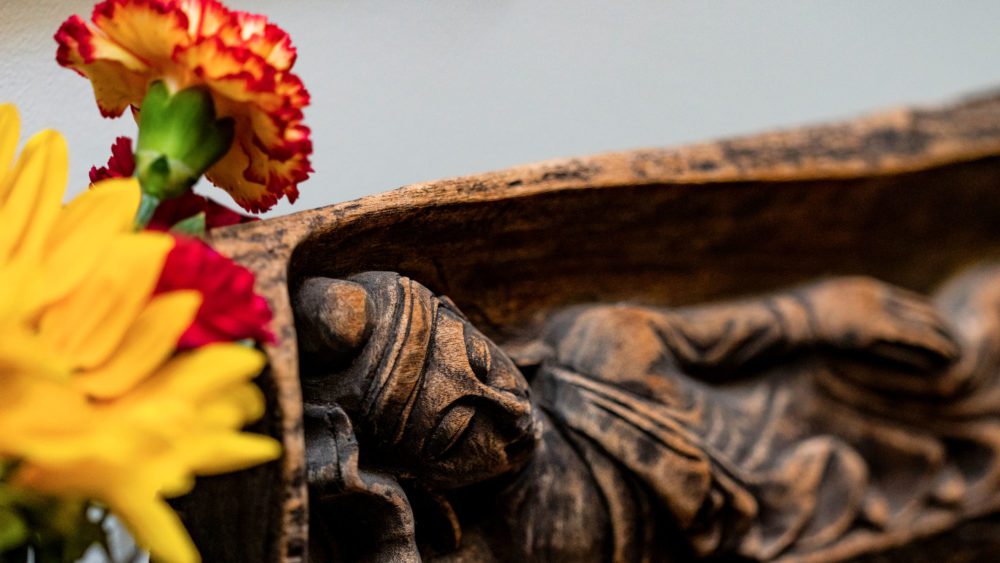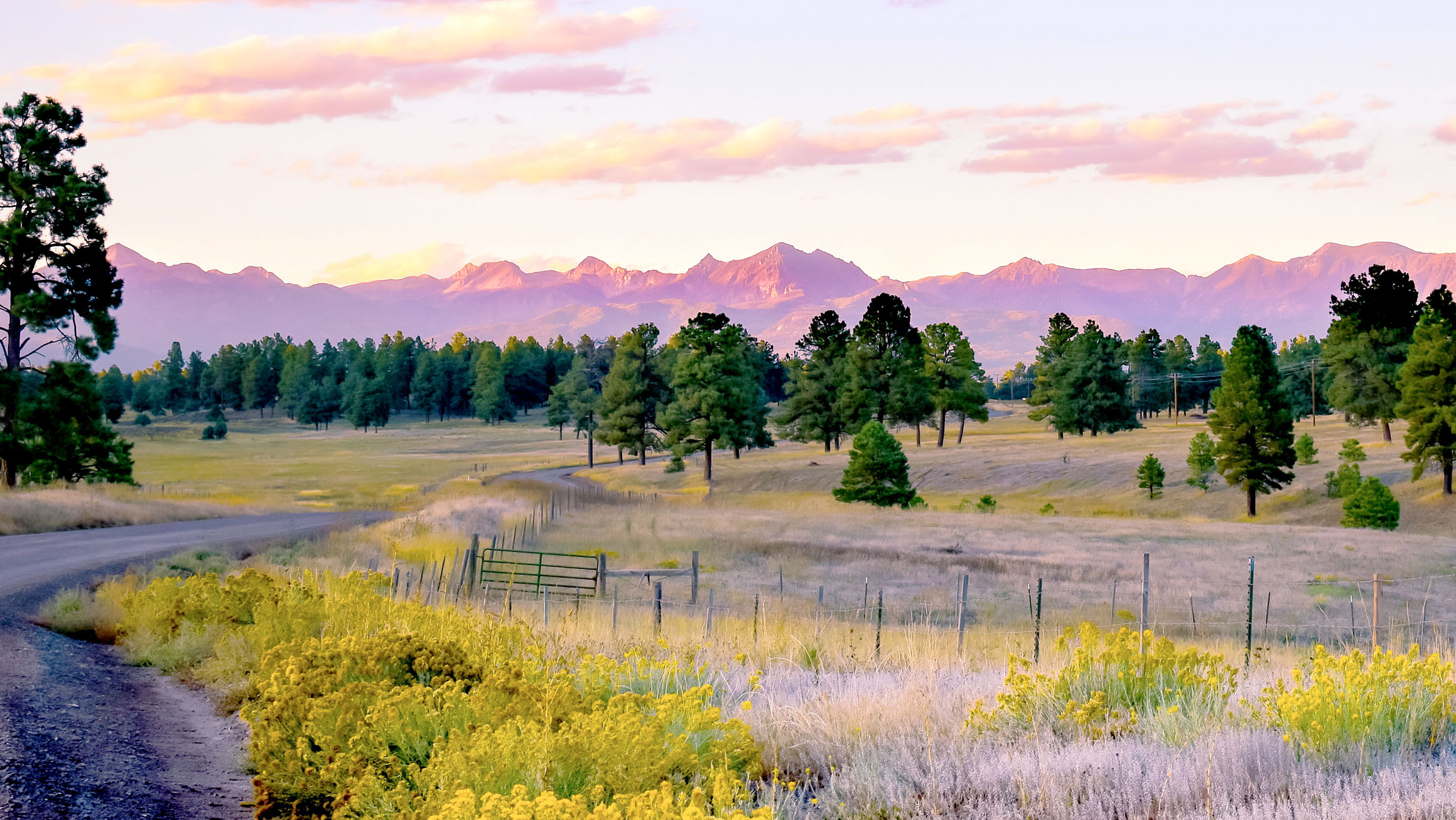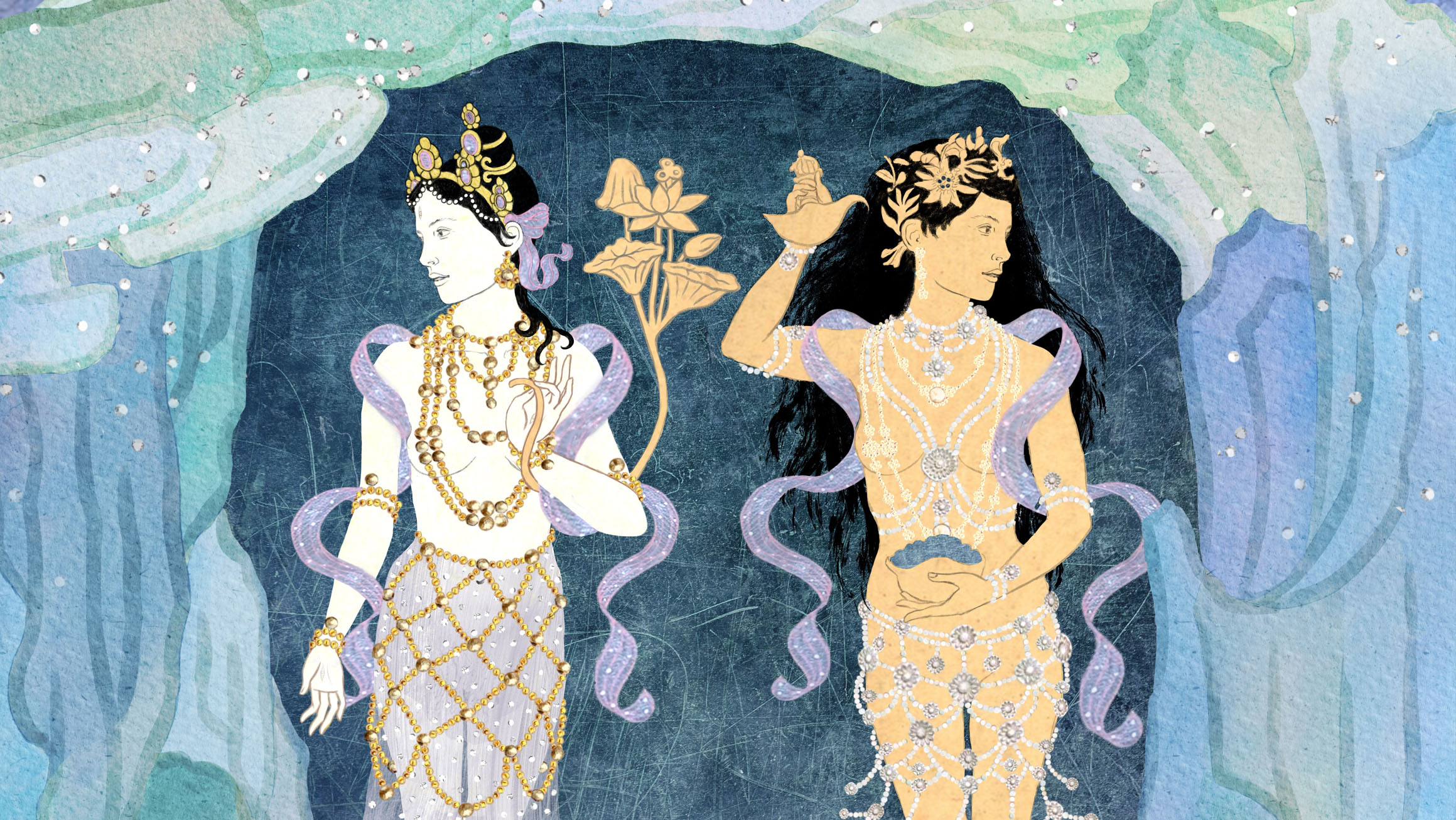Honoring Hispanic Heritage Month (September 15 to October 15), we share with you a blog post written by Michele Nevarez, Founder, CEO, and Chief Education Officer for Beyond EI.
From the earliest time I could remember, I questioned various aspects of reality that sat outside of space and time relative to my age or the circumstances of my birth. I was born in Wyoming in the 70’s, the daughter of a Mexican-American dad and a Danish-Dutch-English-American mom—a relationship that was considered taboo at the time. My dad died when I was an infant, and my mom remarried when I was five years old. Her husband ended up adopting me and becoming the only dad I would ever know. He was just as fair-skinned and blonde as my mom. I used to ask my mom whether she was my real mom or whether she had adopted me too. Despite the love my parents gave me, I felt like an outsider from the beginning, except when I was with the Mexican side of my family, who for whatever reason I shared an immediate and deep kinship and bond.
I found myself pondering the following kinds of life mysteries around the age of six, “I think I’ve been here before, but I don’t remember the details. I’m positive this isn’t my first debut on this planet. Who is Michele? What is there if there is no me?” I’d visualize these potentialities as I tried to get to the bottom of the reason for my existence, or anyone’s for that matter. I didn’t grow up in a household that went to church or spoke of religion, purpose, meaning, or any of that. I sought these experiences out. I grew up in Wyoming and Montana for the most part, where I never met anyone who was Buddhist. I didn’t know a thing about Buddhism. But I did have my mom drop me off at various churches on Sunday starting when I was around 9 years old. I wanted to see what all the fuss was about. My takeaway was this. These beliefs about God, the Trinity, and Jesus, they’re all well and good, but how do you put this path into practice? It wasn’t at all clear to me, even after sitting in the various sermons of many churches right alongside the adults. I was asked not to come back to some of these churches. For one, I asked difficult questions that made people uneasy that either went unanswered or went unsatisfactorily answered. Two, I was bored out of my mind.
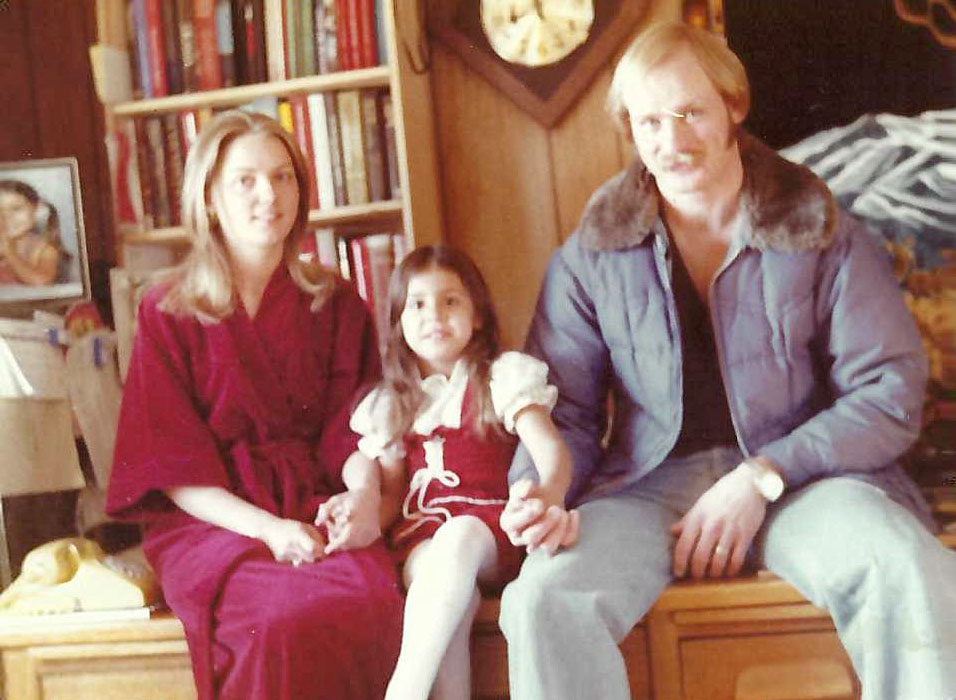
I used to think to myself, “What God would create so much suffering and seemingly indiscriminately and randomly?” This made zero sense to me. And the notion of God being personified as a male didn’t cut it. What did make sense to me intuitively and from observing my own and others’ experience around me is that our actions set into motion a chain of events that either eventually bite us in the ass, causing ourselves and others pain and suffering, or conversely, have the capacity to bring us and others around us a sense of purpose, belonging, and joy. I wanted more joy and purpose and less suffering.
When I was 20, I had the opportunity to study and practice Buddhism in India as a student on the Antioch program in Bodh Gaya, India. I knew I needed to go to India, but I had no idea why. I just felt this undeniable pull to go. I had no intention to become Buddhist, as I’d given up on religion long ago. Yet, I hungered to know why people do what they do, why people believe what they believe, and how their beliefs influence their outcomes. So, I’d purposely studied many world religions trying to search for the clues to this question that kept returning to me like a dog that doesn’t forget its owner. I meditated for the first time and with some practice and training eventually wrapped my arms around this magnificent superpower we each possess—awareness. Our ability to be cognizant, awake, and aware. The ability to discern the contents of our mindstream—however, wacky its elaborations and movement in the form of thoughts, emotions, visualizations, and memories.
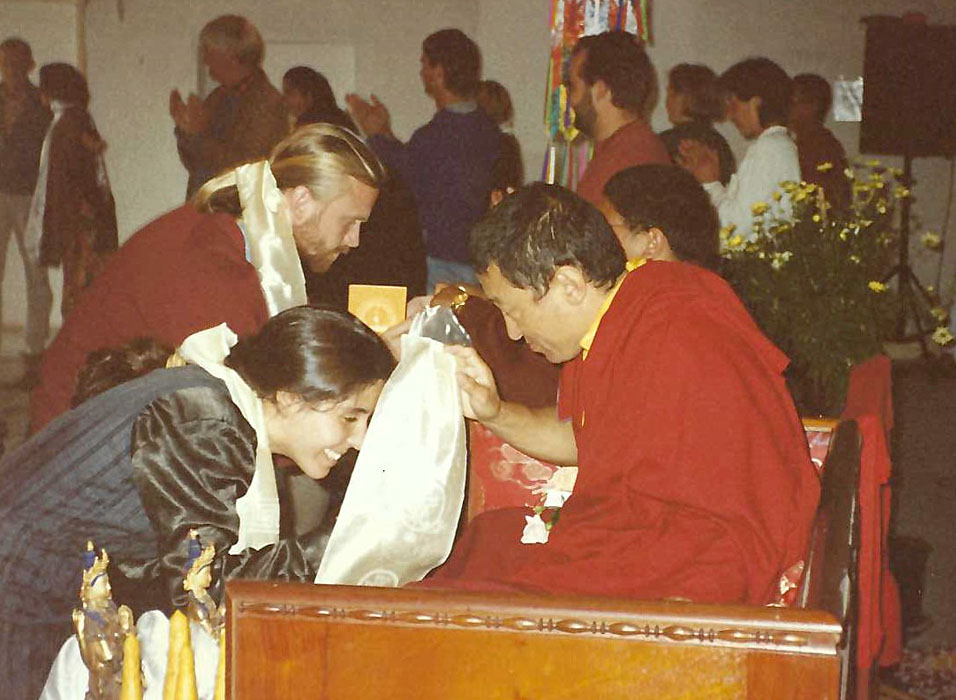
It was in Bodh Gaya I met my teacher, Chokyi Nyima Rinpoche. I had a dream the night before he arrived at the Burmese Vihar. I dreamt my teacher was coming. We were in a garden of flowers, and I presented him with a larger-than-life-size flower. When he arrived, our connection was instant. As he taught, I listened one-pointedly and attempted to write everything he was saying down. On the last night of his teachings to us, my pen ran out of ink. He noticed this and reached into his robes to retrieve a pen. He threw me the pen, and I caught it. And in the moment of catching the pen, I caught something much bigger, a glimpse of my own mind in its natural, untampered state. Though I didn’t know what it was at the time, I couldn’t unsee what I’d seen. He has remained my teacher to this day and truly made my life worth showing up for. There is no greater gift than to be given the key to your untethering. I consider my improbable encounter with the Buddhadharma good luck, which is really just shorthand for karma, or cause and effect. Afterall, what are the odds of a half-Mexican girl growing up in rural Wyoming finding Buddhism? Buddhism found me, not the other way around. Lord knows there weren’t any diversity and inclusion outreach programs then.
As for my being a woman and half-Mexican, that’s where I’ve experienced some disappointment along the way. Mainly, because most teachers within Buddhism are men who not only seem to be born as tulkus disproportionately to women but who have often taken monastic and celibacy vows, requiring that a respectful distance (mostly to women) be maintained. Both factors have, at times, made me feel like a bit of an outsider. Though, nominally, and never to the extent I felt I received fewer or lesser teachings, thankfully. Overall, I’m incredibly grateful to have been able to encounter the authentic teachings of the Buddha and practice in this lifetime.
While gender, race, skin color, or anything that distinguishes and offsets us from our fellow human beings is empty in nature, these are features of our experience that can have a real impact on our access to the teachings and feeling of belonging at times. That’s why, when I took my Bodhisattva vows, I made aspirations to work towards my own and all beings’ enlightenment in female form. Though I didn’t consider race or other elements that make up my self-identity, I felt this distinction was particularly important to me. Why? Roughly half of us are born into female bodies. While we can of course learn from anyone irrespective of gender, if Bodhisattvas indeed have the capacity to take any shape or form for the purpose of helping and guiding sentient beings, then why shouldn’t those forms include female form as well as reflect the diversity of shape, form, and outer manifestation of all beings?
I have so much gratitude and love for Lama Tsultrim Allione, who is taking access to the Dharma seriously and through her activities promoting inclusivity within the tradition. When we do this, we broaden what’s possible for beings to connect with the path of Buddhadharma and the profundity of its teachings and practices. Plus, who doesn’t like good boat rocking from time to time, especially if it’s for the right reasons. Here’s to rocking the boat for the right reasons!
About Michele Nevarez
S. Michele Nevarez is the Founder, CEO, and Chief Education Officer for Beyond EI. Michele’s vision is to democratize Emotional Intelligence as a means of igniting personal and global agency. This driving force is at the core of how the programs she has designed translate EI from theory to a powerful and practical vehicle for meaningful transformation and lasting habit change. It isn’t enough to leave our insights of Emotional Intelligence at the level of theory. We must operationalize EI in a manner that we come to know first-hand what it means to embody the wisdom of EI in our own lives. She is also the published author of Beyond Emotional Intelligence: A Guide to Accessing Your Full Potential.
Michele brings 25+ years of executive leadership experience working for industry leaders in healthcare, investment management, management consulting, and manufacturing. A founding member of Rangjung Yeshe Institute based in Kathmandu, Nepal, Michele has been studying Tibetan Buddhist philosophy and practicing the wisdom at the core of its contemplative meditation practices for 29 years.
Michele received her B.A. in Religion from Bryn Mawr College and Master of Science degree in Positive Organizational Development and Change from the Weatherhead School of Management, Case Western Reserve University.
Learn more about Beyond EI, by clicking here.
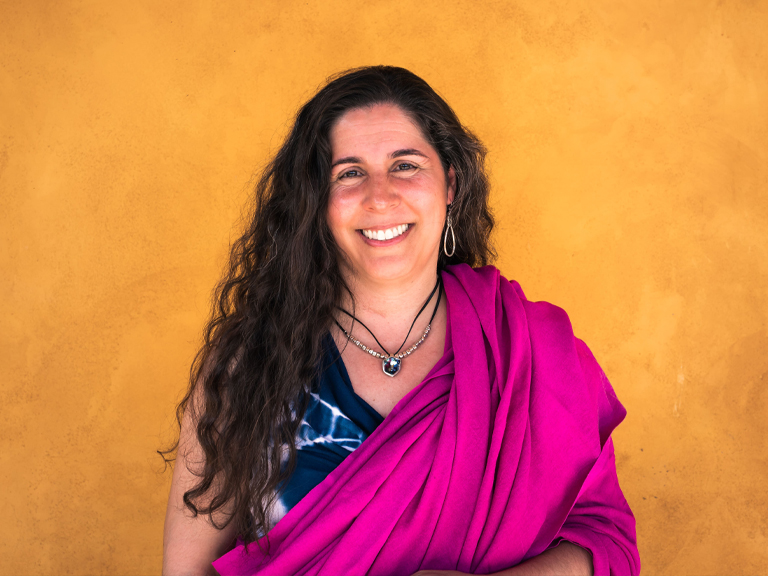
Photo Header (Josh Brownlee)

